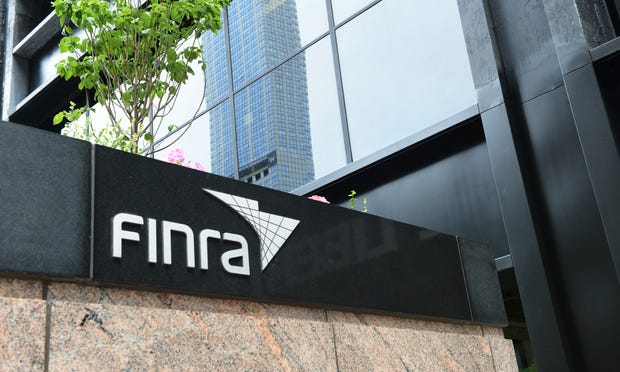Sponsored By
Industry News & Trends
More Topics
LPL Sign
Industry News & Trends
LPL Accuses Ameriprise of “Chasing Headlines” In Response to Latest SuitLPL Accuses Ameriprise of “Chasing Headlines” In Response to Latest Suit
Ameriprise sued the IBD and several former employees last week, claiming the reps who left solicited clients and took confidential information, violating the Protocol for Broker Recruiting.

















.jpeg?width=100&auto=webp&quality=80&disable=upscale)
































